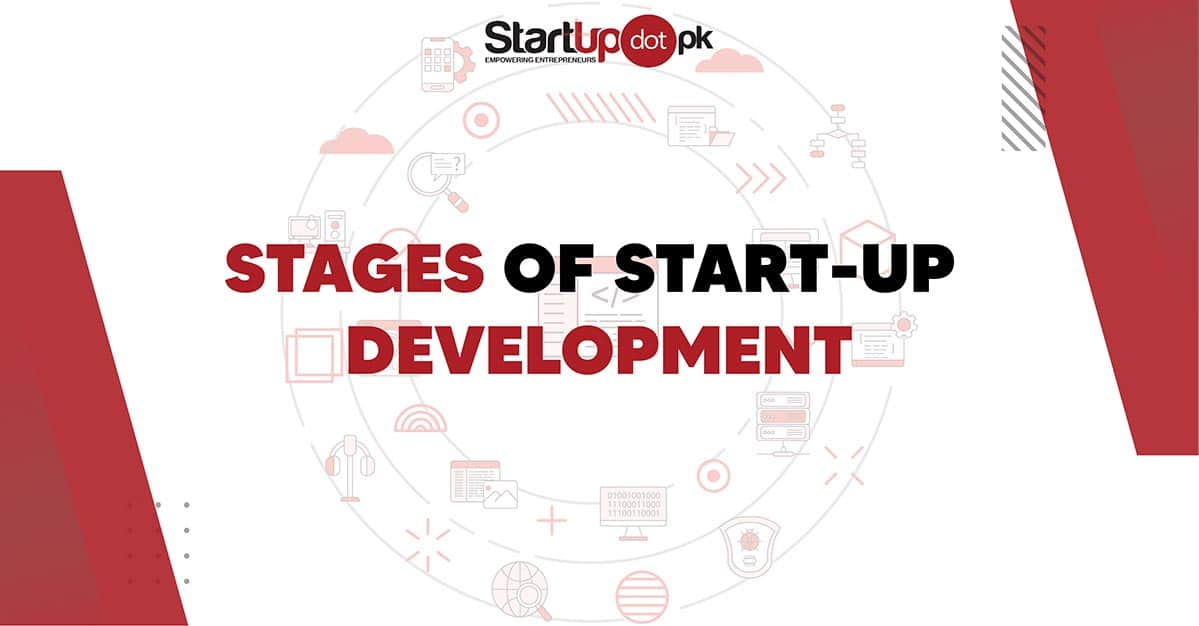Stages of Start-up Development
Introduction
Running a start-up can be quite a tough task. The start-up development process covers the whole ecosystem — from the introduction of an idea to the actual use of the final product including its improvement and development. Each process needs detailed preparation before implementation. You need to dive deep into marketing, fundraising, and team selection and understand the basic development principles. Here are the six developmental stages of a newly established start-up.
Stages Of A Start-Up
- Pre-Seed Stage
- Seed Stage
- Early Stage
- Growth Stage
- Expansion Stage
- Exit Stage
1. Pre-Seed Stage
The pre-seed stage is one of the earliest stages of a start-up. This stage is the period in which a company’s founders are first getting their operations off the ground. The most common “pre-seed” funders are the founders themselves, as well as close friends, family, and supporters. The main source of finance is through their friends and family at this stage. This funding for this stage can happen quickly or may even take a long time. The investors at this stage are also not investing in exchange for equity in the company.
2. Seed Stage
In the seed stage, entrepreneurs use their finances or approach investors, for example, angel investors, venture capitalist firms, and family/friends to gain financial support for their newly established start-up. Seed funding helps a start-up plan for the market and establish its market research and product development.
3. Early Stage
The early stage is where a start-up has developed its idea, but it is not left to evolve into an actual product/service. The product will be launched but before that, it will be tested and made sure it’s an MVP (Minimum Viable Product). A minimum viable product (MVP) is an early product version with limited features, which is targeted at collecting customer feedback for further product development. This feedback is essential for a start-up to gain success in the market.
4. Growth Stage
During the growth stage, a start-up would have achieved a decent source of income with its revenue and a committed customer base. At this stage, the company’s cash flows begin to grow at a speedy pace. With this, the company can employ more workers and will now have a well-defined business model and a defined marketing budget.
5. Expansion Stage
At this stage, a business would decide to expand its ventures by launching a new line of products or services. This would be done so to keep the business relevant and to increase sales. The business will have garnered enough growth in its marketing and distribution channels.
6. Exit Stage
This phase does not always take part among a lot of start-ups. Some start-ups have business models whose main objective is to become high-value and long-term companies. However, it is quite common for the last step of a start-up to performing an exit by selling the start-up. However, not many arrive at this stage and those who do are characterized by their strength, high potential, and opportunities to continue to grow.
Conclusion
For a start-up to be successful it is important to remember that each company is different and progresses between stages at different rates of time. A company should focus on its customers by catering to the customer’s needs and focusing on providing quality goods and services.
- Categories:
- Development
